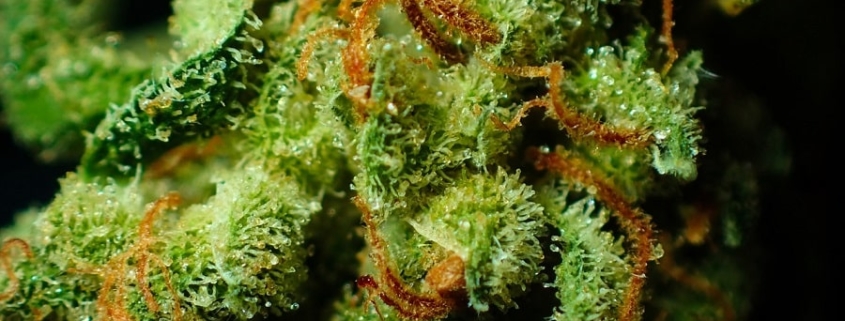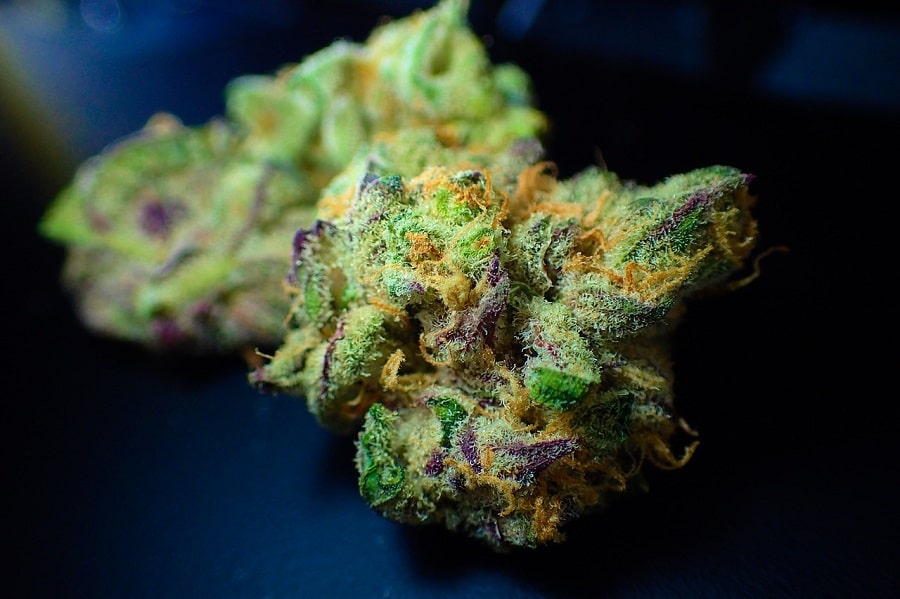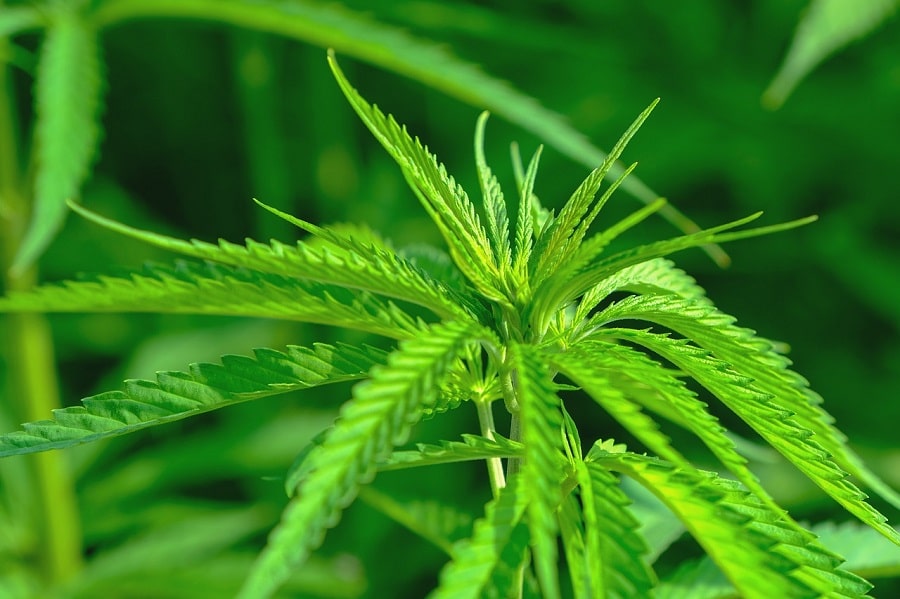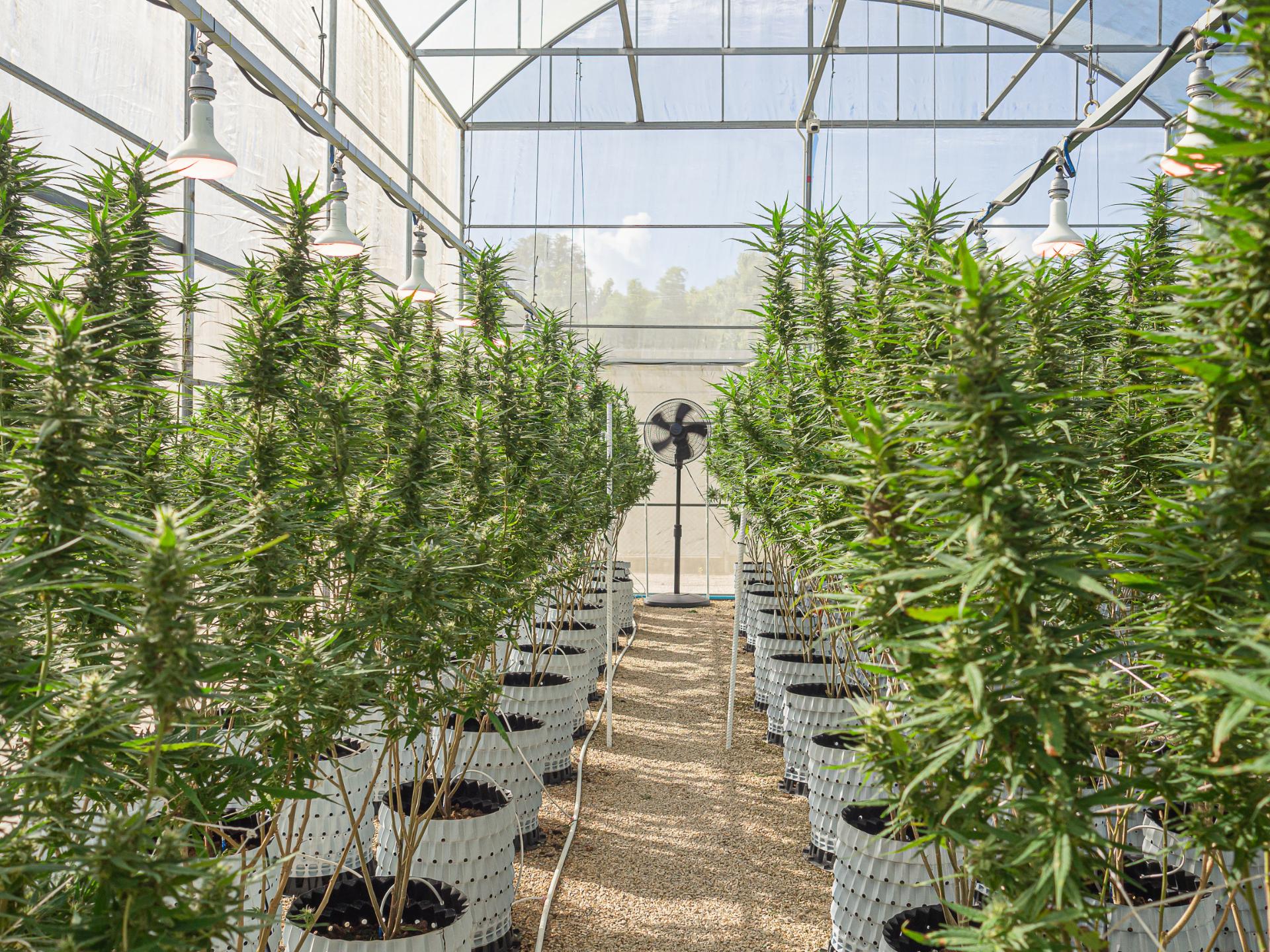Sativa vs Indica: Difference, Uses & Benefits
Deciding between Sativa and Indica primarily depends on what you want from your cannabis experience. While both Sativa and Indica originate from the same cannabis plant, they provide different effects.
Sativa strains are generally energizing, promoting focus and creativity (good for daytime use), while Indica strains are typically relaxing, physically oriented, and typically consumed to relax in the evening, sleep, and/or manage chronic pain.
Which is a better fit for you? How to choose between Indica and Sativa? This guide discovers all the details to help you pick the perfect cannabis strain for you!
What Are the Types of Cannabis?
Before we enter the Indica vs Sativa comparison, let’s discuss different cannabis types. The term cannabis doesn’t refer to one plant but rather an entire family. That family is Cannabaceae, and it gathers about 170 species. We can divide this flowering herb into several main types that we’ll describe below.
Indica
Cannabis Indica has origins in the Middle East and Southeast Asia. The experts believe it originally grew in regions like Pakistan, Afghanistan, and Tibet.
Indica plants can handle dry and harsh climates. They have chunky and bushy leaves. Indica grows faster than Sativa, so it’s a wise choice for beginner manufacturers. It’s famous for delivering a relaxation effect and pain relief.
Sativa
Cannabis Sativa originates from Central America, Africa, and also Western and Southeast Asia. Its leaves are thin and tall, and some even say they remind them of fingers. Their height often goes over 10 feet, but they take longer to grow than Indica.
Cannabis Sativa delivers an energy boost and reduces anxiety. It can help tap into your creative potential and increase focus and concentration.
Hybrid
As cannabis popularity increases, people experiment with hybrids more than ever. The basic definition of a hybrid is a mixture of two strains. Most strains are hybrids that can be Sativa-dominant or Indica-dominant.
The reasons why people might grow hybrids include:
- Combining the effects of different cannabis strains and types
- Creating a more powerful plant combo
- Designing a plant that offers a high yield
- Developing a strain that’s easier to grow
Hybrids allow growers to focus on any two strains to achieve the intended goal. Many aim to tackle certain health conditions, while others focus on delivering the strongest possible effects.
The hybrid description could include the Sativa/Indica ratio. If the strain has an 80/20 in favor of Sativa, it’s a “Sativa-dom” herb. But if it’s 70% Indica, it is “Indica-dom.” Some growers aim to achieve a balance between the two plant types. You can find thousands of hybrids in the market. They range from different cannabinoid quantities to various flavors and aromas.
Ruderalis
Cannabis Ruderalis is the least famous of all cannabis plants. It originated in Russia, Siberia, and Himalayan India. Although it can handle the extreme environment, manufacturers don’t like Ruderails. The reason is that it contains only a limited CBD quantity and even less THC. The majority of Ruderalis plants don’t have enough of these cannabinoids to deliver significant benefits.
This type features bushy and small plants. Their growth is often from 10-12 inches. However, they can develop quickly and be ready for harvesting in a month. Ruderalis doesn’t even require cultivator assistance for growing.
What is the Difference Between Sativa and Indica?
When it comes to cannabis, the first big question people have is Sativa vs Indica. Among cannabis strains, Sativa and Indica stand out as the most familiar, known for their contrasting growth patterns and effects.
The differences between the two categories extend beyond their appearance and potential effects.
Sativa strains tend to be associated with more uplifting daytime experiences, while Indica strains are more associated with relaxing and nighttime. But, it’s not just the effects that are different; they also look different and grow differently.
Physical Differences (Plant Size, Leaf Shape)
One of the easiest ways to tell the difference is by looking at the plants.
- Sativa plants: These can grow tall and skinny, sometimes exceeding 12 feet in height; they have wider leaves, which are thinner and spread out. Because of their size, these plants take longer to flower; therefore, Sativa strains are more widely produced in areas that have longer summers.
- Indica plants: These tend to be shorter and bushier, usually under 6 feet tall. They have wider leaves that are darker in color. They tend to flower faster than their Sativa cousins, which is one reason growers in cooler climates tend to prefer Indicas.
Think of the Sativa vs. Indica plants like comparing tall, thin marathoners to compact, powerful sprinters.
Effects on the Body and Mind
The main attraction for many individuals is not in how the plant looks, but rather in how it feels. This can be where the term sativa vs indica effects comes into play.
- Sativa strains are known to be brain-stimulating, creativity-boosting, and energy-improving. Many individuals use these when they desire to be active, social, or focused and are typically described as producing a head high.
- Indica strains are more body-focused. Indica strains calm muscles, relieve stress, and make consumers sleepy or relaxed. This is why it is usually recommended for winding down in the evening.
Of course, effects vary depending on the individual, the strain, and the amount consumed. Some people feel energized by Sativa, while others may feel anxious. Indica, while relaxing, can feel too sedating if you’re not prepared for it.
Typical Use Cases
When individuals think of Indica vs Sativa plants, they are really asking, “What’s the right choice for the moment I’m in?”. Each strain type has its own sweet spot based on the activity, time of day, and how you want to feel.
When People Reach for Sativa Strains
Sativa strains are generally uplifting, energizing, and which is preferred by consumers when thinking about daytime use. People commonly choose their sativa strains when they want to:
- Stay active during the day: The feeling of a morning microdose of a sativa strain can inherit all of the benefits similar to a cup of coffee, but without the jitters. Many enjoy this awakening experience on their way to work, before a long study, or while running errands.
- Boost creativity: Artists, writers, and musicians often reach for Sativa when they want new ideas to flow. The several benefits of the “head high” can open new horizons and assist in brainstorming.
- Be social: Planning a picnic, hike, or just catching up with friends? Sativa strains tend to boost energy and conversation, making them popular for social gatherings.
- Enhance workouts or outdoor activities: Some people like a mild Sativa strain before they go out for their yoga session or run, or even before gardening. The focus and motivation received from a Sativa can create happiness out of mundane daily tasks.
When People Choose Indica Strains
Indica strains shine when people seek calm and comfort. Indica strains are the crowd favorite for evenings and even nights, especially when users want to:
- Relax after a long day: Most people turn to Indica strains after their day of work is done. They help melt away stress and transition to rest mode.
- Help with good Zzzz’s: Other reasons people utilize Indica include insomnia and restlessness. Indica produces a calm mind and body, preparing for deep sleep.
- Enjoy downtime indoors: Maybe it is Netflix and chill, reading, or just lounging on the couch. Indica strains make the couch feel even cozier and provide a body high that complements quiet, low-energy activities.
- Help with physical discomfort: Indica strains are often chosen for their ability to help with muscular tension, aches, and assist your body’s recovery after physically demanding activities.
Why People Utilize or Choose Both
Many cannabis users don’t stick to just one type. They keep Sativa strains handy for daytime energy and focus, while saving Indica strains for evenings or days when their body needs extra care. Having both options makes it easier to match your experience to your schedule, mood, and health needs.
Medical and Therapeutic Uses
Medical cannabis is a powerful option for individuals with health-related struggles. Sativa vs Indica holds value here, as well.
Sativa strains:
- Might enhance mood in individuals who are depressed.
- Might increase appetite.
- Might sometimes be used for focus, in conditions such as ADHD.
Indica strains:
- Often selected for chronic pain.
- May help with muscular spasm.
- Often used to reduce anxiety or sleep issues.
It is more than the strain name. Your body’s endocannabinoid system responds to cannabinoids and terpenes, and every person’s endocannabinoid system is unique. Trial and error, and a health professional, often help the most in developing knowledge about what works and why.
Sativa vs Indica Edibles and Other Ways to Consume
The effect of Indica vs Sativa edibles can feel different than smoking or vaporizing because edibles take longer to start working, since they require digestion, but last much longer.
- Sativa edibles: Many people use these during the day for energy or focus, though beginners sometimes find them a bit strong.
- Indica edibles: Much better for the evenings when you want something slow and calming. These are used for sleep enhancement, relaxation, etc.
The other consumption methods include tinctures (which might often be called oils), which will allow you to individually select how you would like your experience to look.
For example, if you know you like Sativa, you can microdose Sativa oil in the morning for energy without too much effect.
What Is Stronger: Sativa or Indica?
Another question that we sometimes get asked is, “What is stronger?” The answer is, it does not matter whether it is Sativa or Indica; it has more to do with how much THC or CBD it has in it.
Even a high-THC Indica has the potential to be more intense than a mild Sativa. At the same time, a balanced Sativa with CBD could feel smoother than a high-THC indica.
Instead of asking what is stronger, a better question might be: which of these fits my needs at this moment? Some people describe the Indica high as “stronger” because of the heavy body high, while others describe the Sativa high as “stronger” because of the mental stimulation.
Picking the Right Strain for You
Finding your ideal strain is not about memorizing strain lists. It’s simply being aware of what you need.
You might ask yourself:
- Do you want to be active or relaxed?
- Are you treating chronic pain or addressing anxiety?
- Are you struggling to concentrate during the day or wind down at night?
Hybrid strains factor in here, which can give you the best of both worlds – some hybrids may lean more to one Sativa or one Indica, while others are evenly balanced. For some, hybrid strains allow for greater freedom.
If you are unsure where to begin, contact us at our Portland dispensary for some suggestions on strains that can help accomplish your objective.
A trusted professional will help break down the different varieties of cannabis products available to you and help you find a product that fits your preference.
So, what’s the deal with Sativa vs Indica?
Both have their distinct characteristics: ranging from the size and shape of the plant itself to their effects on the body and mind.
Sativa strains are energizing, creative, and awesome for daytime use. Indica strains are relaxing, calming, and great for nighttime use. Medical uses are different, ranging from Sativa to manage symptoms of depression, to Indica for chronic pain or sleep issues.
There is no clear-cut answer. The most important thing to remember is to be mindful of how your body responds to different strains and choose ones that suit your needs. Nowadays, there are so many cannabis products on the market that there is something for everyone, whether you are new to cannabis or you already know what you like.
Ian Baker handles content marketing at Happy Leaf Portland. There are 5 years that he is deeply involved in the cannabis field. He had 3 years of experience as a Budtender and thanks to his desire to achieve more, he has a career move. Currently he works as a content manager.













